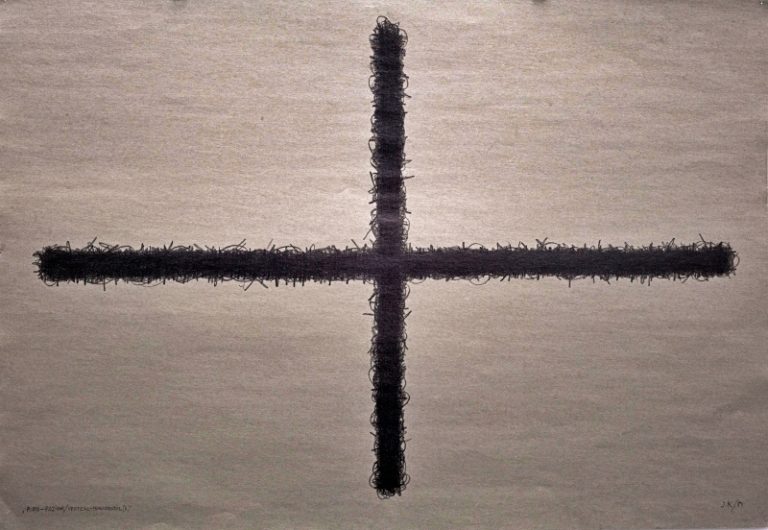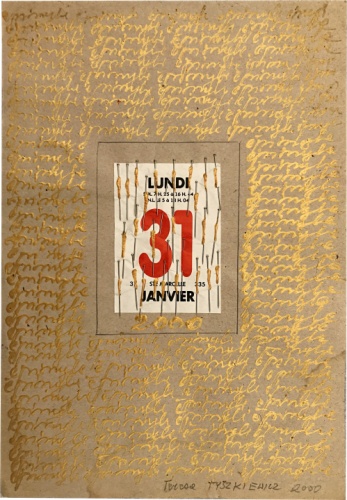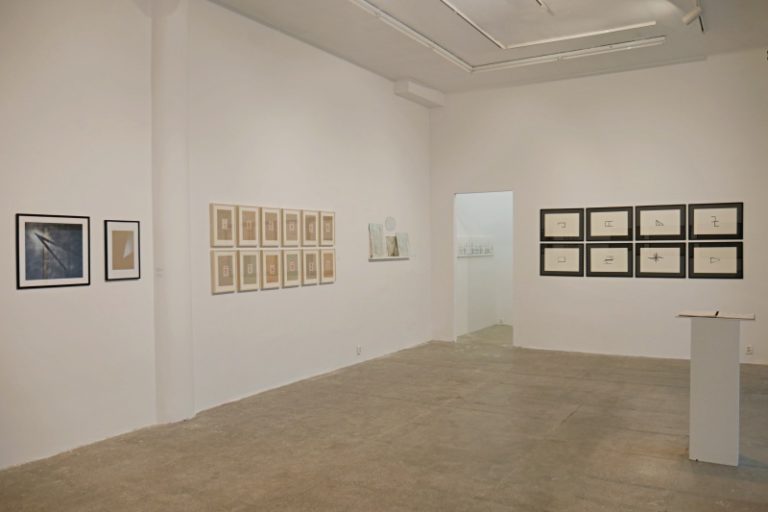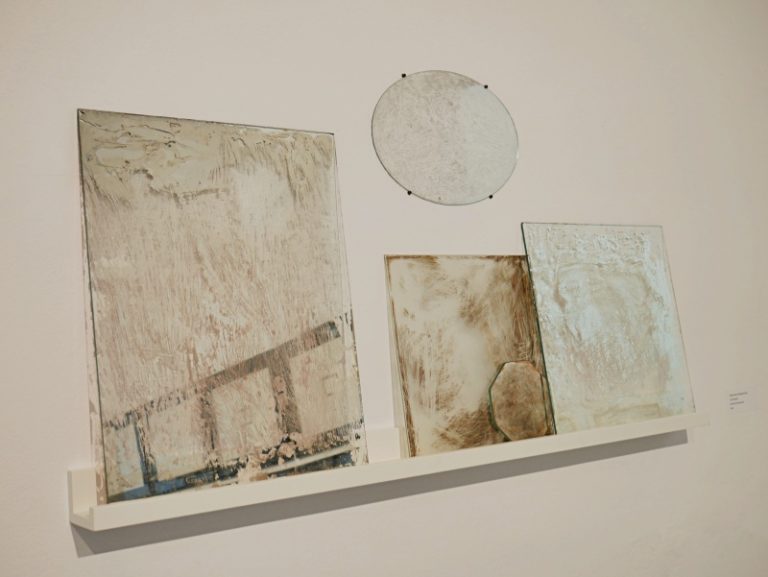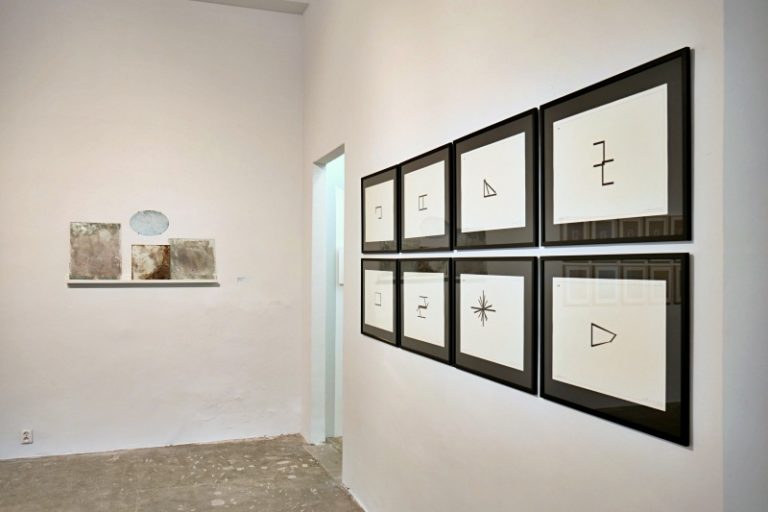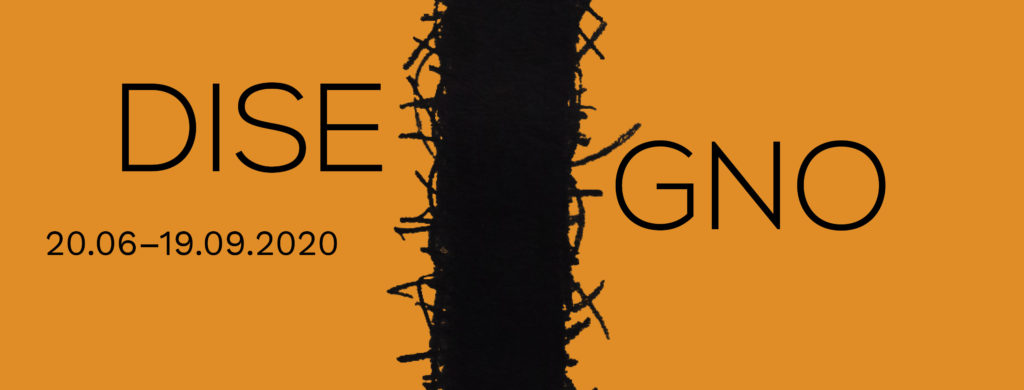
Artists: Natalia Brandt, Andrzej Dłużniewski, Alicja Karska & Aleksandra Went, Jarosław Kozłowski, Zbigniew Libera, Józef Robakowski, Teresa Tyszkiewicz, Krzysztof Wodiczko
Open Galleries Weekend
Saturday: 12:00–20:00
Sunday: 14:00–18:00
The exhibition is on view through September 19, 2020
Tuesday–Saturday, 12 noon–7 pm
A drawing, a sketch, a project, an idea, a concept, an idea, an intention – the Renaissance concept of disegno cannot be translated unambiguously. It marked the role of the mind, of seeing, or finally, of shaping thoughts with drawing. The notion of disegno is connected with the change of the status of an artist, who advances from performer to creator, no longer a skilful craftsman, but an artist guided by their own intention.
The meanings attributed to the forgotten concept of disegno resonated in conceptual practices in which the concept of art, not necessarily reflected in the materialisation of the work, gained importance. The presentation of ideas was accompanied by favouring of drawing as a medium based on ideological appropriations and pressures of dominant aesthetics. Walter Benjamin connected drawing with the “politically sophisticated perspective”, seeing “marginal areas which sooner or later meant the ruin of a whole series of clichés in traditional art history” in the “deft pencil of a draughtsman”.
For the artists presented in this exhibition, drawing has ceased to be a marginal area, an intermediate medium, let alone a domain of a hand fluency exercise. Since the end of the 60’s, Jarosław Kozłowski’s drawings have remained the most direct way of noting down artistic ideas. Exposing the materiality and processuality of drawing, the artist has been exploring its time, space and weight. Andrzej Dłużniewski has been penetrating the concept of a picture in his drawings. In the series of Iconograms, he has been drawing subsequent geometric configurations of transforming the frame of an absent picture. Natalia Brandt used drawing to develop a perverse dialogue with the modernistic tradition, especially the master of the Dadaist absurd evoked in the series of Belated Talks with Kurt Schwitters.
What we call drawing today is often not the work of a hand equipped with a pencil, although, paradoxically, it may seem closer to the old concept of disegno. Józef Robakowski, using photographic paper, does not even use a camera. By manipulating various technologies, including a manual “wiper”, he presents one of the key ideas of his art concerning energy communication, which is based on energy angles abstracted from reality. In Teresa Tyszkiewicz’s notes in her Calendar, the trace of the artist’s hand is a gesture of piercing the paper with pins and covering it with writing in which, like a mantra, one word is repeated – épingle (French, “pin”). Alicja Karska and Aleksandra Went use glass instead of paper; instead of drawing they scratch out the paint covering the backs of mirrors. In their works, instead of a reflection, we see traces of destruction of the mirror mimesis.
We can also see the origins of contemporary design in the idea of disegno, which for artists can be an area of critical judgement of the world. In Zbigniew Libera’s sketches, his projects deformed by the vision of cars, the artist visualises appetites of the ubiquitous design suggesting lifestyles and ways of perceiving reality. From Krzysztof Wodiczko’s point of view, design is a kind of utopia, a scandalous functionalism whose purpose is not to solve problems on an ad hoc basis. His precise drawings are the designs of various Instruments and Vehicles intended reveal needs whose existence is the greatest scandal.
